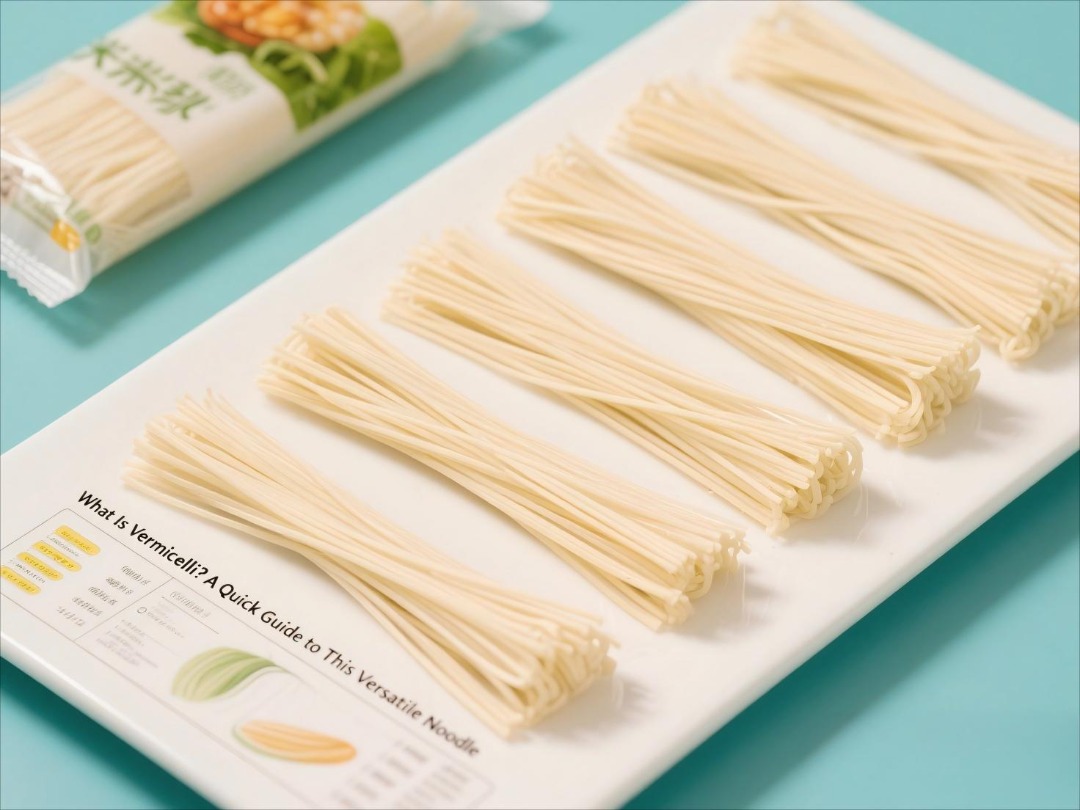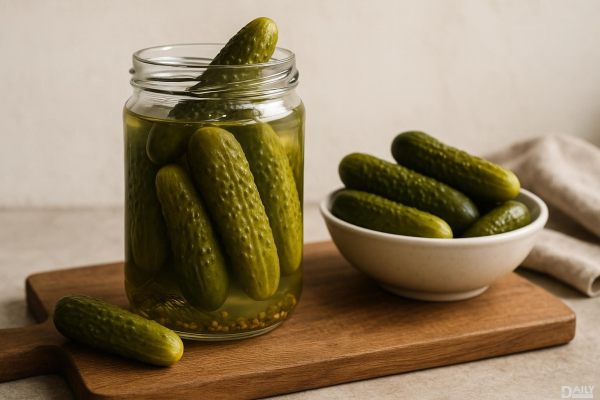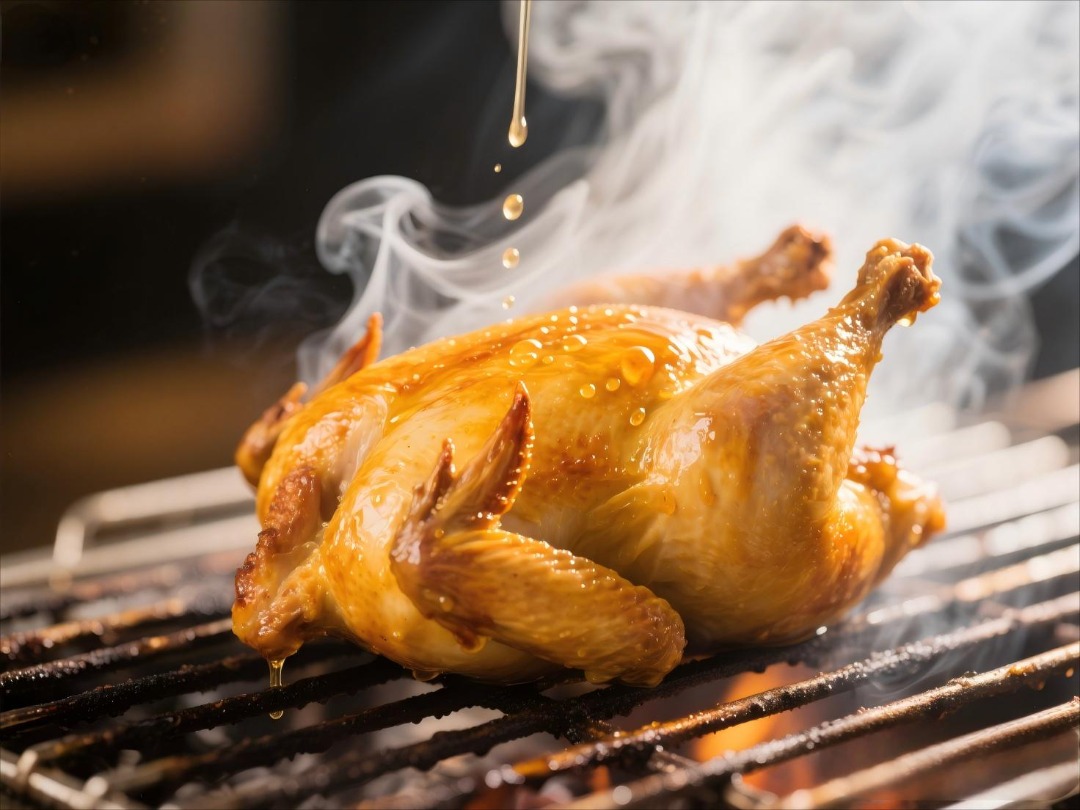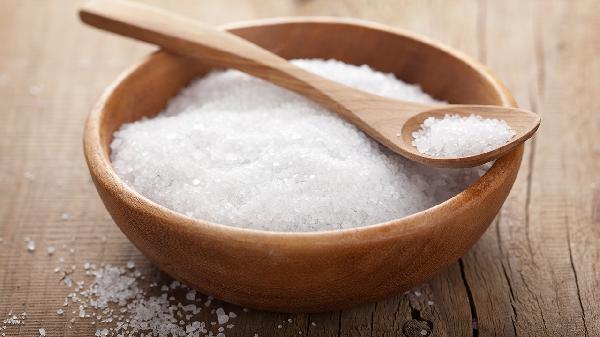Vermicelli might sound like "little worms" (thanks, Italian!), but don’t let the name throw you off—this noodle is a total star in kitchens worldwide. Whether you’re twirling it around a fork in Italy, toasting it for a Mexican soup, or tossing it into a Vietnamese bowl, vermicelli brings versatility and speed to the table. So, what’s the deal with this thin, fast-cooking noodle, and how do you pick the right kind for your dish? Let’s break it down.

What Exactly Is Vermicelli?
At its core, vermicelli is a type of pasta that’s thinner than spaghetti but thicker than angel hair—though the exact size can vary depending on where you are. While Italy might be its birthplace, the term "vermicelli" has been adopted globally to describe all kinds of slender noodles, from Mexican fideos to Indian sev and Southeast Asian rice noodles.
What’s Vermicelli Made Of?
Not all vermicelli is created equal. Depending on the cuisine, these noodles can be made from wheat, rice, or even cornstarch. Here’s the lowdown on the most common types:
Italian Vermicelli
The OG version is made from durum wheat semolina and water (sometimes with eggs). The dough is extruded into long, thin strands, perfect for light sauces or seafood dishes. Think of it as spaghetti’s slightly skinnier cousin.
Mexican Fideos
These golden-hued noodles are also made from durum wheat, but they’re shorter and often toasted before cooking to bring out a nutty flavor. They’re the backbone of dishes like sopa de fideos—a comforting tomato-based noodle soup.
Indian Vermicelli
In India, you’ll find two main types:
Southeast Asian Rice Vermicelli
These delicate, white noodles are made from rice flour and water and come in both fresh and dried forms. They’re a staple in dishes like Vietnamese bún (cold noodle salads with grilled meats) and stir-fries. The Vietnamese version, bún, is extra thin and slightly chewy thanks to tapioca starch.
How to Cook Vermicelli Like a Pro
Since vermicelli cooks fast, it’s easy to mess up—nobody wants a mushy noodle. Here’s how to nail it every time:
Pro tip: If you’re using rice vermicelli in a stir-fry, rinse it with cold water after cooking to stop it from sticking.
Best Ways to Enjoy Vermicelli
This noodle is a chameleon—it works in sweet, savory, hot, and cold dishes. Some top picks:
Final Verdict: Vermicelli = Noodle MVP
Whether you’re craving pasta, soup, or dessert, vermicelli’s got you covered. It’s quick, adaptable, and downright delicious—so next time you see it on a menu, don’t hesitate to give it a try. Just maybe don’t think too hard about the "little worms" thing.
























